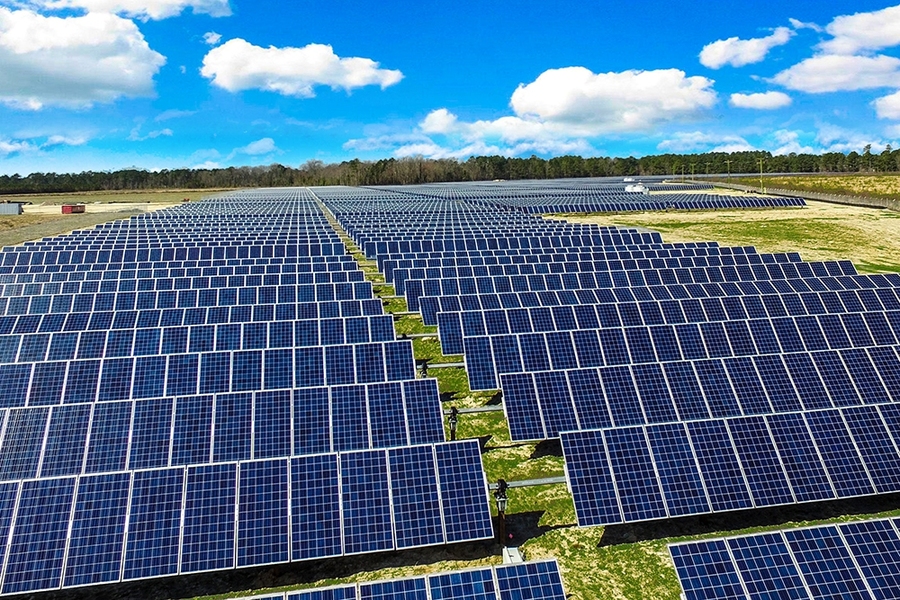
Introduction
The future of solar energy subsidies holds immense significance in our journey towards a sustainable future. As the world faces the challenges of climate change and the depletion of fossil fuels, the promotion and support of renewable energy sources like solar power are essential. This article aims to provide an overview of the topic, discuss its relevance and importance, and explore the reasons why it is deemed interesting for various stakeholders.
Historical Background
To understand the future of solar energy subsidies, it is crucial to delve into its historical background. Solar energy subsidies have been in existence for several decades, with significant developments and changes over time. These subsidies have played a pivotal role in the growth and advancement of the solar energy industry. By examining the evolution of subsidies, we can gain insights into their impact on shaping the current landscape.
Key Concepts and Definitions
Solar energy subsidies encompass various financial incentives provided by governments, organizations, or individuals to encourage the adoption and use of solar power. These incentives can take the form of tax credits, grants, feed-in tariffs, and more. They are instrumental in driving the growth of solar energy by reducing initial costs and making it a viable option for both residential and commercial use.

Main Discussion Points
Overview of Current Solar Energy Subsidies
The current solar energy subsidy programs vary across different countries and regions, aiming to incentivize the installation and utilization of solar power systems. While details of existing subsidy programs, such as eligibility criteria and benefits, differ, their common goal is to promote renewable energy. Furthermore, current trends in the utilization of solar energy subsidies shed light on the effectiveness and popularity of these programs.
Potential Changes in Solar Energy Subsidies
As the solar energy sector continues to grow, potential changes in subsidy models are being considered. These changes may be driven by factors such as evolving technologies, economic considerations, and political landscapes. Exploring alternative subsidy models and their implications is crucial in determining the future course of solar energy subsidies.
Impact of Subsidies on the Wider Energy Sector
Solar energy subsidies not only benefit the solar industry but also have an impact on the wider energy sector. By examining the effects of solar energy subsidies on other renewable energy sources, we can better understand how these subsidies contribute to achieving energy transition goals. Additionally, comparing the cost-effectiveness of different subsidy options enables policymakers to make informed decisions.
Case Studies or Examples
Examining case studies allows us to gain insights into specific instances where solar energy subsidies have been successfully implemented or faced challenges. These case studies highlight the impact of subsidies on the growth of the solar industry in particular countries or regions. By analyzing both success stories and challenges faced, we can learn valuable lessons for the future implementation of solar energy subsidies.

Current Trends or Developments
Recent research findings contribute to our understanding of the effectiveness of solar energy subsidies. These findings provide insights into the strengths and weaknesses of existing subsidy programs, allowing for improvements and advancements. Moreover, emerging trends in subsidy programs around the world shed light on the direction in which solar energy subsidies are heading. Technological advancements also play a significant role in shaping the future of solar energy subsidies.
Challenges or Controversies
While solar energy subsidies are widely supported, they also face opposition and controversies. Examining the arguments against subsidies provides a balanced perspective on the topic. Controversies surrounding the allocation and distribution of subsidies raise important questions about fairness and efficiency. Additionally, exploring potential negative consequences on the economy and consumers ensures a comprehensive understanding of the challenges associated with subsidies.
Future Outlook
Looking ahead, the future of solar energy subsidies holds promise and uncertainty. Speculation on the future of subsidies involves considering changing political landscapes and their potential impact. Predictions on the role of innovations and policies in shaping the future of solar energy subsidies enable us to envision a path towards a more sustainable and renewable future.

Conclusion
In conclusion, the future of solar energy subsidies is crucial in our pursuit of sustainable energy sources. By providing an overview of the topic, discussing its relevance and importance, and exploring various aspects, this article has shed light on the significance of solar energy subsidies. As we continue to navigate the challenges and opportunities in the renewable energy sector, the support and evolution of solar energy subsidies will play a pivotal role.




